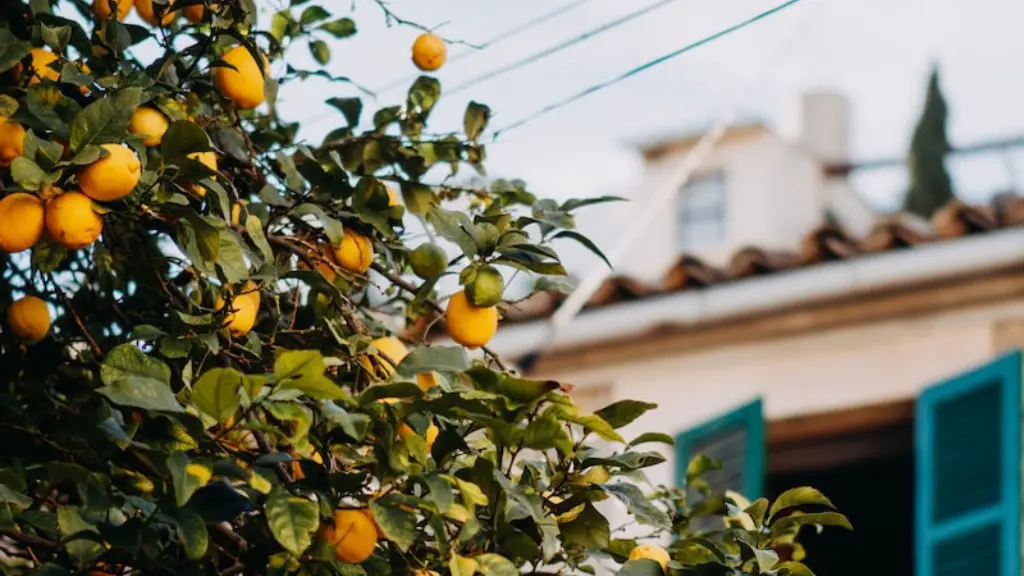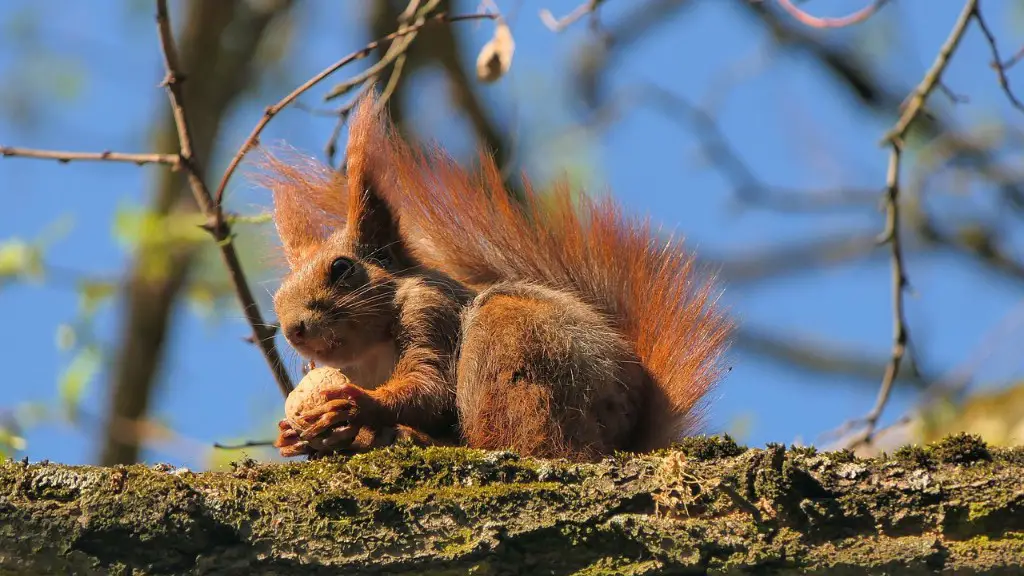Apple trees are susceptible to various diseases that can affect their health and longevity.
One of the most common problems is white fungus, which is caused by a type of fungus called sooty mold.
White fungi that grows on trees is often caused by the presence of sap-sucking insects, such as aphids and psyllids, which secret honeydew.
This honeydew contains high amounts of carbohydrates and amino acids, which the fungus feeds on and grows.
Once established, the fungus can spread quickly, covering leaves and branches with white, velvety patches of mycelium.
The presence of fungus is often the first symptom of an underlying tree health problem.
White fungus is often caused by insects, but other environmental conditions can also favor its growth and spread.
For example, wet, humid weather provides the perfect environment for white fungus to thrive.
Excessive fertilizer use can lead to high nitrogen levels in the soil, which can also encourage the growth of the fungus.
If your tree is affected by white fungus, it is essential to identify and treat the underlying cause of the problem in order to achieve long-term control.
If your tree is infected with white fungus, there are several steps you can take to manage and treat the problem.
Prune away heavily infested branches and remove any fallen leaves and twigs from the area.
This will help to reduce the spread of the fungus across the tree.
Additionally, making sure your tree is healthy and well-watered can help to reduce the conditions favoring the development of white fungus.
It is also important to identify and control the sap-sucking insects that are feeding on your tree and contributing to the growth of white fungus.
Insecticidal soaps and horticultural oils are effective in controlling these pests, but they should be applied according to the instructions on the product label.
Once the insect infestation has been addressed, the fungus should eventually die off.
In certain cases, a fungicide may be necessary, but this is best done by an arborist or professional landscaper.
Cultural Practices To Prevent White Fungus
In addition to managing an existing white fungus problem, there are several cultural practices that can help to reduce the chances of a future infestation.
Keep your tree healthy by watering and fertilizing appropriately, and pruning branches to promote good airflow.
Regularly inspect your tree for sap-sucking insects, and take action if any are found.
It is also important to ensure that your tree does not become stressed due to environmental factors such as drought, heat, or excessive shade.
Signs Of White Fungus Damage
White fungus can be detrimental to the health of your tree if it is not managed and treated properly.
Symptoms of white fungus damage include yellowing or browning leaves, premature leaf drop, stunted foliage, and reduced vigor and growth.
In severe cases, the fungus can girdle the branches, leading to dieback and potentially significant tree decline.
Treatment Of White Fungus
If your tree is infected with white fungus, it is important to act quickly in order to prevent further damage to the tree.
Prune away heavily infested branches and clean up any fallen leaves and twigs.
Next, manage the sap-sucking insects that are contributing to the problem, using insecticidal soaps or horticultural oils.
Finally, take steps to reduce the environmental conditions that favor the development of white fungus, such as excessive fertilizer use or high levels of humidity.
Importance Of Treating White Fungus
Left untreated, white fungus can be highly detrimental to the health of your tree.
It can cause yellowing or browning leaves, reduced growth and vigor, and even death in severe cases.
It is essential to identify and treat the underlying cause of the problem in order to achieve long-term control, and to manage any sap-sucking insects that are contributing to the fungus growth.
Preventative Measures To Avoid White Fungus
The best way to avoid a white fungus infestation is to practice preventative measures such as keeping your tree healthy and well-watered, and pruning to promote good airflow.
Regularly inspect your tree for sap-sucking insects and take action if any are found.
Ensure your tree is not subjected to excessive fertilizers or other environmental stresses that can favor the development of white fungus.


